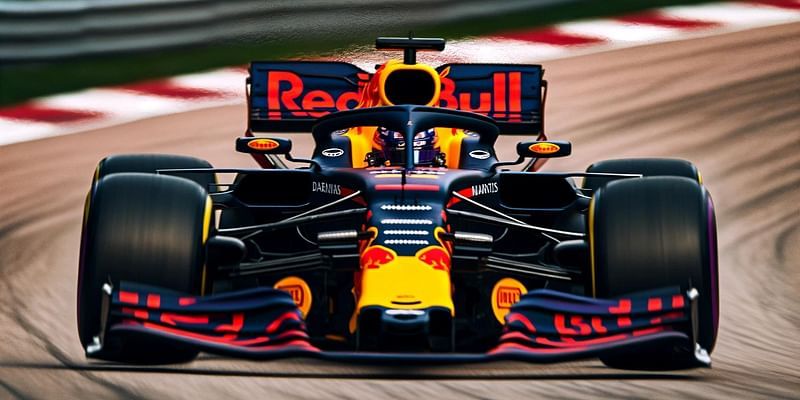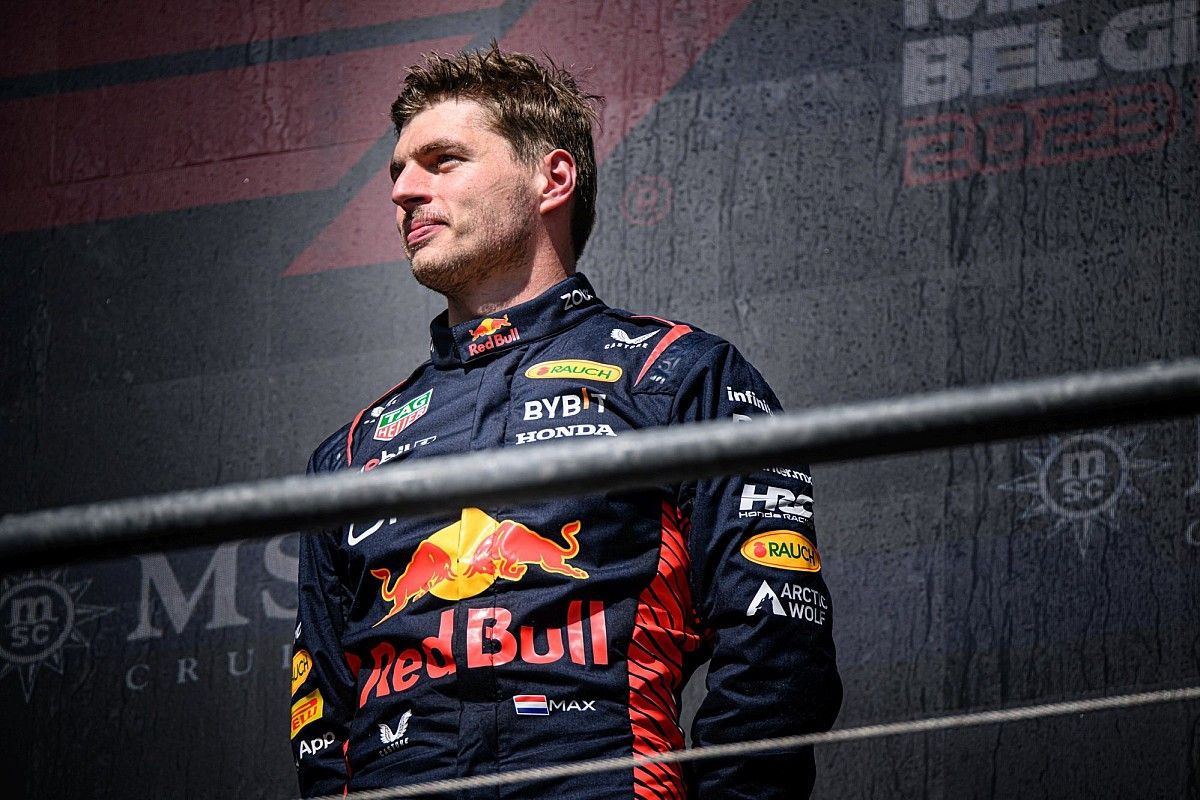
In the adrenaline-fueled world of Formula 1, the quest for dominance is relentless. For years, Mercedes and its star driver, Lewis Hamilton, seemed invincible, their winning streak rendering the championship predictably monotonous. However, the tides turned dramatically in 2021, heralding the ascent of Red Bull Racing and its prodigious driver, Max Verstappen. This shift marked not just a change in the leaderboard but signaled a revolution in F1’s technological arms race, particularly with the introduction of new regulations aimed at redefining car designs and their aerodynamics.
The Downright Dirty on Downforce and Drag
At the heart of F1’s relentless evolution is the twin concepts of downforce and drag. Downforce is the golden fleece of F1 engineering, a force that pushes the car’s tires onto the track, enhancing its grip and allowing for higher speeds in corners. Drag, however, is the necessary evil, the resistance a car faces as it slices through the air. Balancing these two forces is a dance as delicate as it is complex, with teams constantly innovating to maintain the perfect harmony.
The key players in this aerodynamic ballet are the car’s wings, diffuser, and, most critically, the floor. Wings and diffusers have long been manipulated to maximise downforce, but it’s the floor that has recently taken center stage in this high-speed drama.
The Groundbreaking Floor
Until 2022, F1 regulations had restricted the use of sophisticated floor designs that could significantly enhance aerodynamic efficiency. This all changed with the new rules, setting the stage for Red Bull to unleash their engineering prowess. While competitors grappled with the issue of porpoising – a phenomenon when the car bounces violently at high speeds due to fluctuating downforce, think of a toy car with a loose spring, Red Bull mastered the new floor design, giving their cars an unprecedented edge.
Red Bull’s mastery over these regulations culminated in the creation of the RB18, followed by its successors, the RB19 and the jaw-dropping RB20. Each iteration has not only pushed the boundaries of speed but also redefined what’s possible in F1 engineering.
Verstappen: The Cornering Conqueror

Red Bull’s aerodynamic masterpiece wouldn’t be complete without a driver who can truly exploit its potential. Enter Max Verstappen, a generational talent known for his aggressive yet calculated driving style. Verstappen’s cornering prowess is unmatched. He seems to possess an almost sixth sense for feeling the grip levels of the car, allowing him to push the limits of physics (and sometimes, the patience of his rivals) around tight corners. 2023 saw Verstappen at his most dominant, racking up a record number of wins and showcasing his raw talent to the world.
The Unbeatable Formula
Red Bull Racing’s formula for success is a potent mix of innovation, rule mastery, and raw driving talent. The RB20, with its advanced aerodynamic design, has left competitors and fans alike in awe. But technology alone doesn’t win races. It’s the combination of Red Bull’s engineering and Verstappen’s aggressive driving that has rewritten the narrative of F1 dominance.
As we look to the future, the question isn’t just about who can catch up to Red Bull but who can innovate beyond them. With the 2024 season on the run, the F1 world watches eagerly, anticipating the next chapter in this high-speed saga. Red Bull has set a new standard, but in the fast-evolving world of Formula 1, nothing is ever certain. One thing, however, is clear: the race for supremacy is more exhilarating than ever, fueled by a blend of speed, strategy, and sheer human determination.
Edited by Rahul Bansal




![Read more about the article [Funding alert] Imagimake raises Rs 4.4 Cr in pre-Series A round](https://blog.digitalsevaa.com/wp-content/uploads/2021/05/165-VC-funding1552277843560-300x150.jpg)





